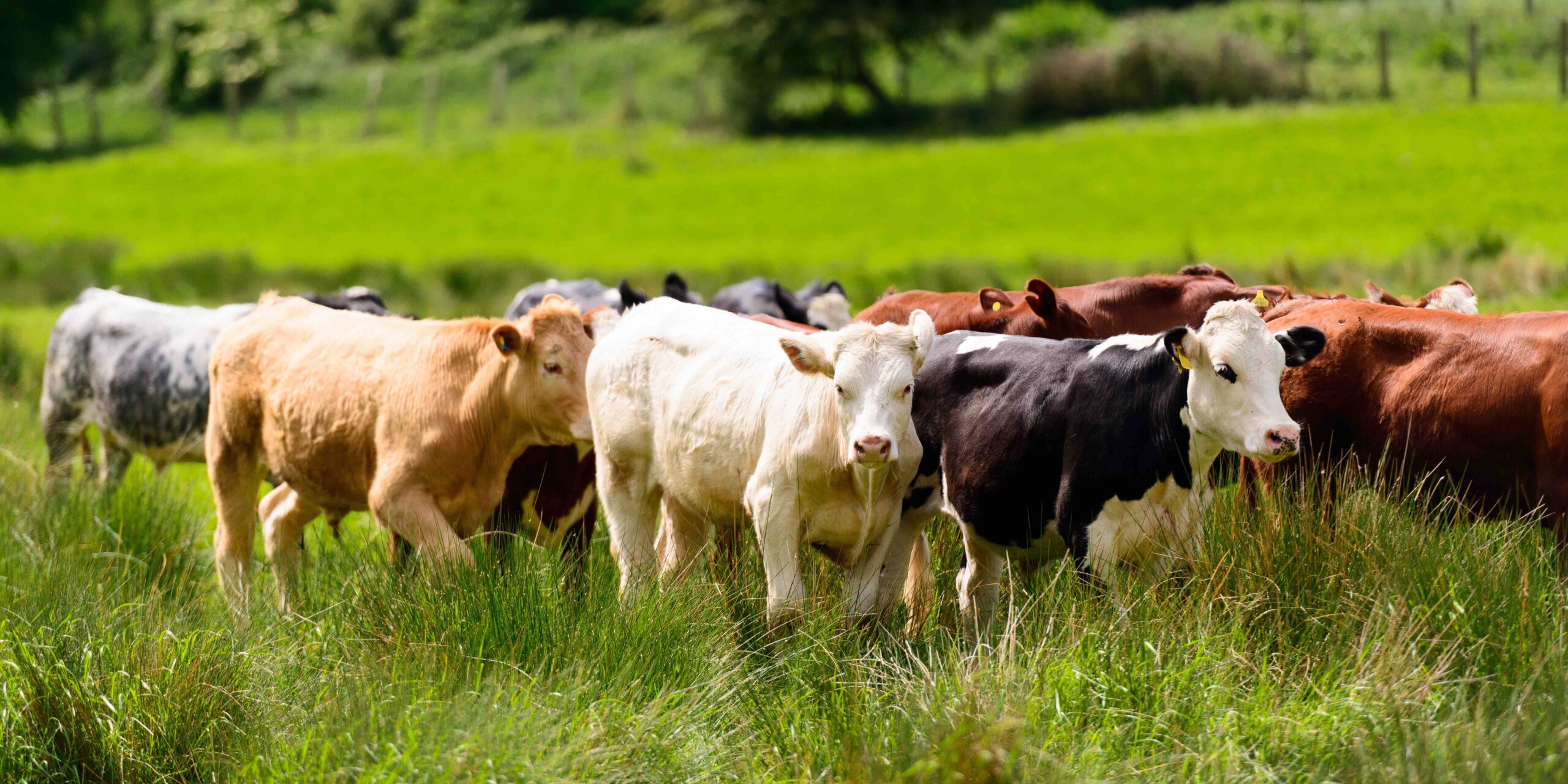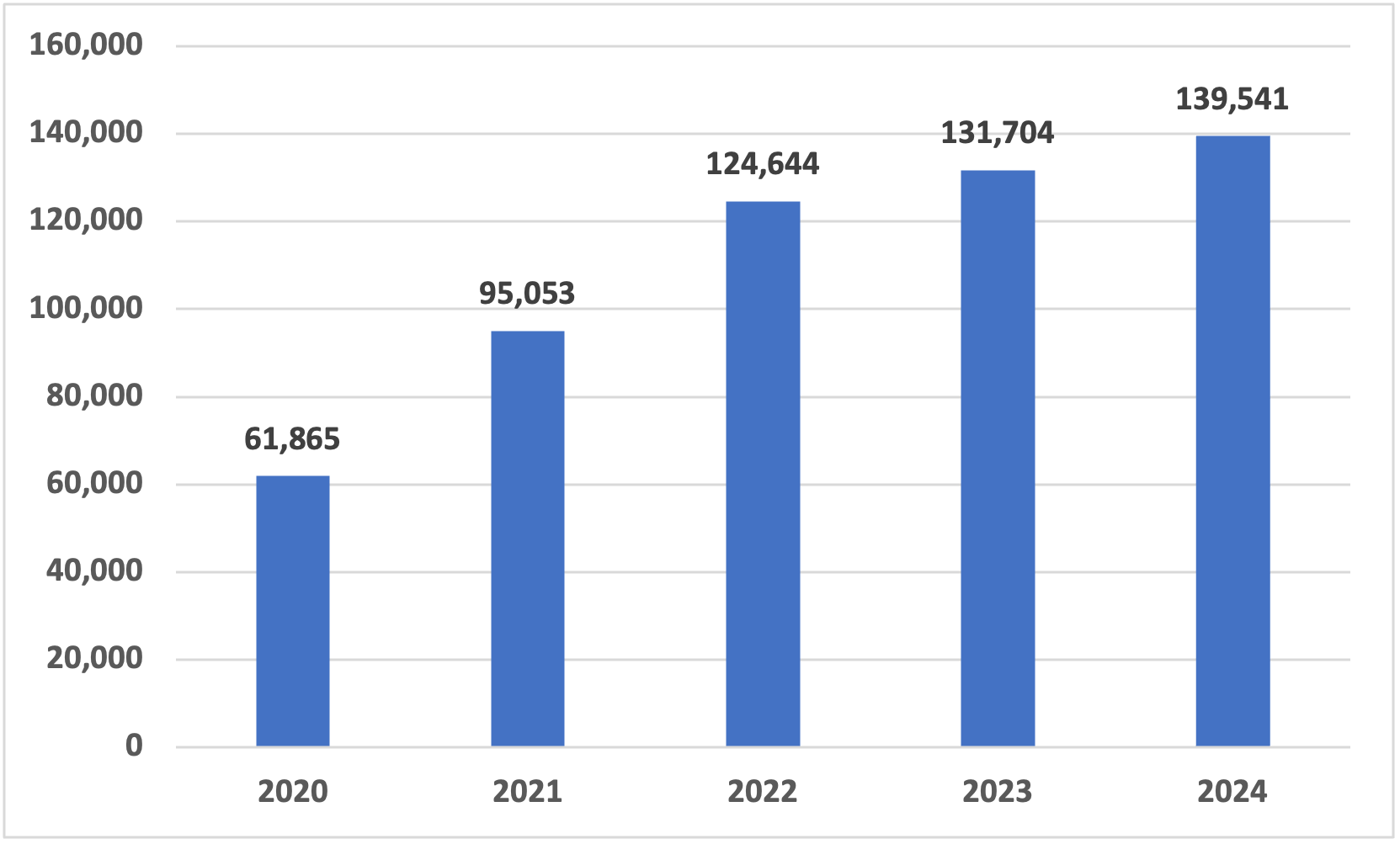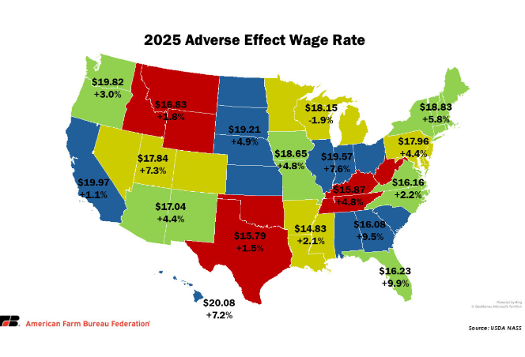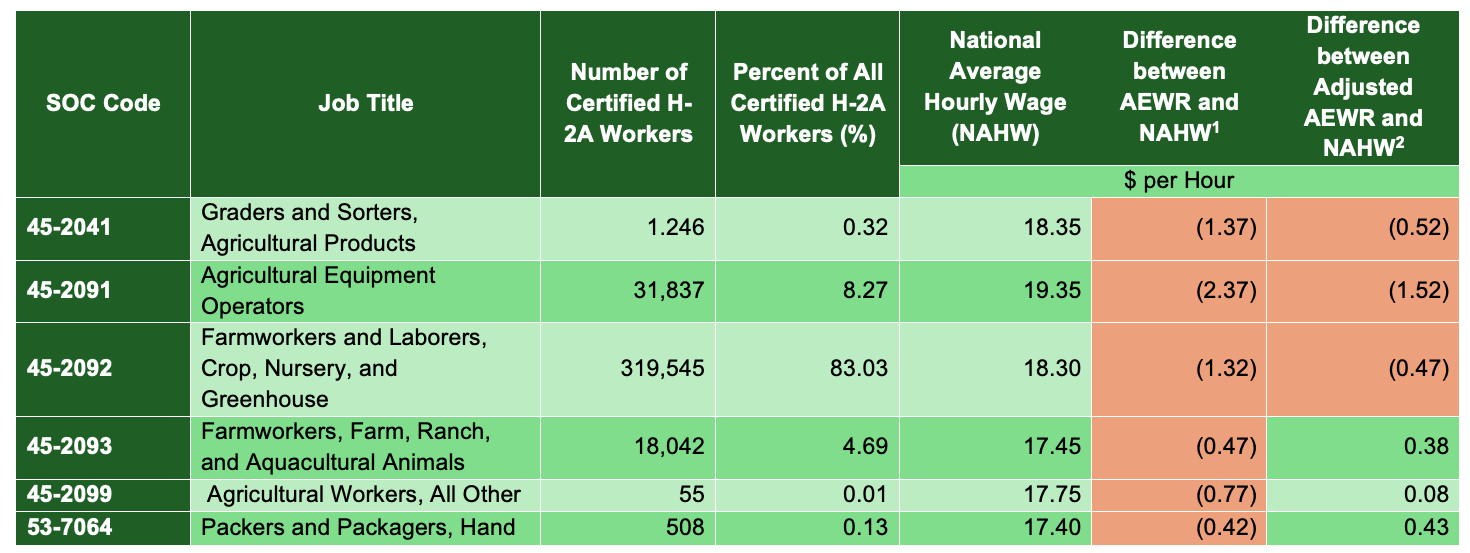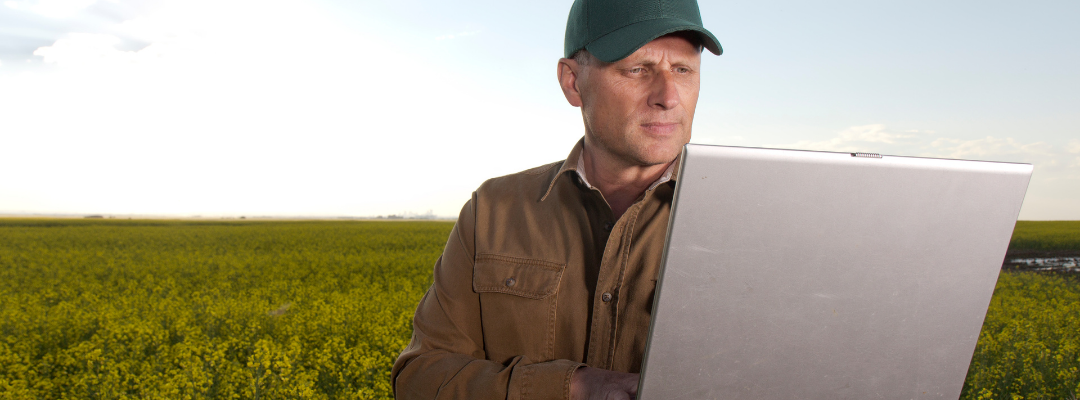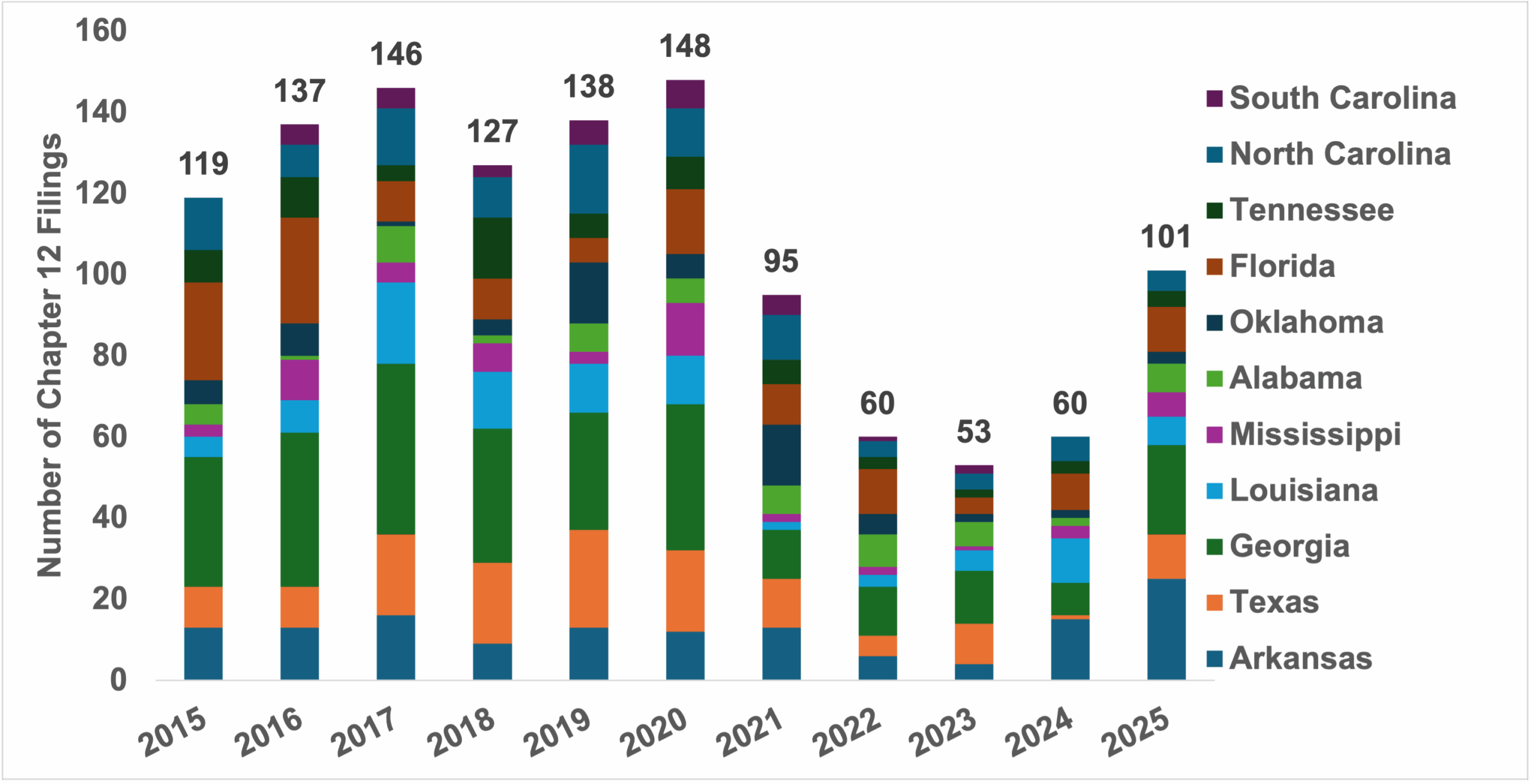As we roll through fall, spring-born calves will be weaned and many of those heifer calves will be held for replacement purposes. At the same time, a large number of bred heifers will hit the market and be available for the same purpose. It is not uncommon for someone to comment on how expensive bred heifers are and assume that they can develop their own heifers for much less. While this is true in some cases, I also think it is easy to underestimate some of those costs. The purpose of this article is to briefly highlight three things that are crucial to consider when a cow-calf operator tries to make this comparison. And I would argue these are even more significant given the strength of the current cattle market.
The opportunity cost is the biggest cost
I hope this one is obvious, but the largest cost of developing a heifer is the opportunity cost of that heifer at weaning. High quality weaned heifers, in the 500-600 lb range, are bringing $2,000 and higher across most US markets. Whatever those heifer calves are worth in the marketplace is the first cost of heifer development. By not selling that heifer calf, one is forgoing that income. This cost is huge right now due to the strength of the calf market and higher interest rates, which makes forgoing that income even more significant. While the heifer herself is the easiest opportunity cost to quantify, this applies to all the costs of developing her (feed, pasture, breeding, facilities, labor, etc.).
They won’t all make the cut
After the initial cost of not selling the heifer at weaning, another year of expenses will be incurred to get that heifer to the same stage as those bred heifers on the marketplace. She will be carried through a full winter and summer grazing season and be bred to calve the following year. There are significant costs in doing this, but it is also important to understand that not all those heifers are going to end up being kept for breeding. Some will fail to breed, and others will simply not meet the expectations of the farmer. Heifers not kept for breeding will end up being sold as feeders and likely won’t cover all those expenses. The “loss” on these heifers becomes an additional cost of the heifers that do enter the cow herd as replacements.
Next year’s calf should be very profitable
This is another one that doesn’t get much attention but really matters in a time like the present. It’s easier to think about this one applied to a specific timeline so I will frame it for a heifer born this spring. A heifer calf weaned in the fall 2025, kept for replacement purposes and bred in 2026, won’t wean her first calf until fall of 2027. Conversely, those bred heifers on the market in fall of 2025 should wean their first calf in 2026. While nothing is guaranteed in the cattle markets, fundamentals suggest that 2026 should be a profitable year for cow-calf operations. The potential profit on that calf in 2026 becomes capitalized in the value of those bred heifers in 2025. For this reason, comparing the cost of a bred heifer in fall 2025 to the cost of developing a heifer weaned in fall of 2025, can be misleading.
The purpose of this article was not to suggest that either replacement strategy was best. There is merit in both approaches, and it largely comes down to the goals of the operator. While I am an economist, I also recognize there are a lot of non-economic considerations that come into play. But the economics of the decision is complex, and carefully thinking through all aspects of the decision is likely time well spent.
Burdine, Kenny. “Three Considerations When Comparing the Cost of Buying Bred Heifers to the Cost of Developing Them.” Southern Ag Today 5(41.1). October 6, 2025. Permalink
